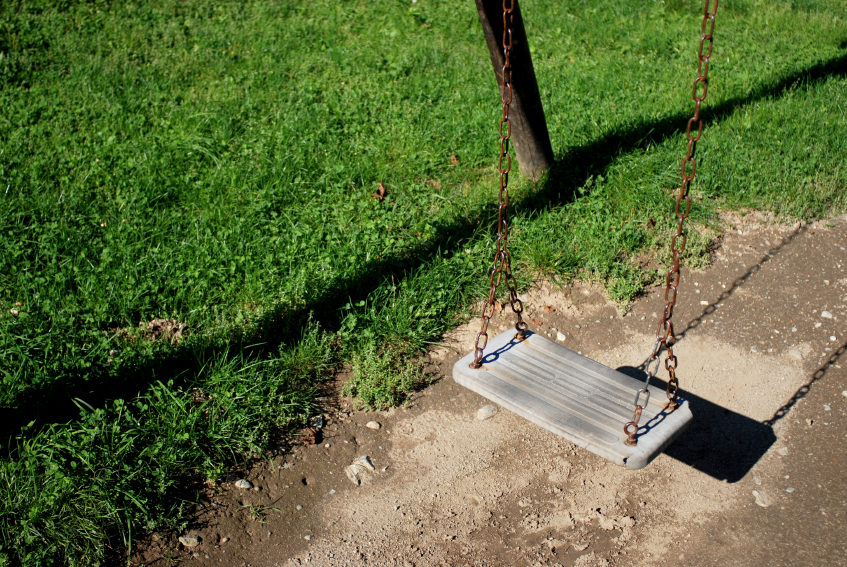
They deserve a childhood
Op-Ed: There are 10,673 children whose stories have not made headlines
Melanie Janzen, assistant professor in the Faculty of Education and a former learning support teacher in Seven Oaks School Division, wrote this Op-Ed for the Winnipeg Free Press, which the paper published on April 7, 2015.
There has been a lot of media attention recently on violent attacks on youth in care, emergency hotel placements for children and the systemic failures of our child and family welfare system.
These are tragic, traumatic and important events the public needs to know about. However – sadly and almost inconceivably – these tragedies represent only the tip of the much greater iceberg; that is, the media reports we hear represent only a tiny fraction of the number of children in care, and are emblematic of a much greater systemic problem. In other words, there are 10,673 children whose stories have not made the headlines, yet, these children – their numbers roughly representative of the population of Winkler – remain a faceless and nameless group of human beings whose circumstances are largely ignored.
As the Free Press reported (A vow to end hotel placements, April 2), the number of children in care has increased by 400 since last year. These faceless figures represent real children; human beings who are experiencing unimaginable trauma, fear, grief and loss.
Having worked in the public school system as both a teacher and a learning support teacher, I have worked with many children in care, some who stayed with us for just days, others who were “lucky” enough to be in longer-term foster placements stayed with us for years. It is these everyday stories of trauma that do not get reported.
Like the despair and fear of a six-year-old girl, “Stacey,” being dropped off at our school in November with her school supplies and her cherished Beanie Baby in a Safeway bag. She meekly asked about her sister, but her teacher didn’t know who or where her sister was. There was no academic file for this terrified girl, we did not know what she liked or how to comfort her, and although the teacher and staff did their best to care for her, they were inadequate substitutes for her family. There are 10,672 more stories like this, and sadly each of these children experiences these traumatic transitions often more than once.
Care, according to philosopher Nel Noddings, is the most basic form of an encounter between people, a universal human characteristic, and what she argues should be the foundation of our approach to schooling. But our schools (and CFS, for that matter) are overwhelmed with children in care. It is ironic that these lost children are called “children in care,” not because the individuals who meet them and are charged with caring for them don’t care for them (in my experiences, teachers and social workers do their best to care for these children), but the system is structured in a way that does not exemplify or practise care.
Our province has a badly outdated mode of structuring a response to the needs of children (in both CFS and in the education systems). For example, the model of care that is used is one based simply on that of protection, an inadequate response to a greater social problem. Whereas, the UN Convention on the Rights of the Child, ratified in 1989 by every nation in the world except two, delineates a much more comprehensive notion of care and represents the minimum standard for the treatment of children. The UN convention includes articles that illustrate child protection such as a right to life, to protection from abductions, violence and neglect, and a right to quality health care and a good standard of living.
The convention, however, also stipulates the rights of the child beyond just protection and includes rights that are codified as child provisions (such as access to good quality education, health care, leisure activities), and as child participation (including having a say in decisions that affect them, access to information that is important to their health and well-being, and their right to religious practices and freedom of expression).
Professor emeritus Michael Freeman, who specializes in human rights at the University of Essex, explains the focus of the convention shifts the way we think of children and care, transferring the emphasis from protection to child autonomy, from nurturance to that of self-determination, and from welfare to justice.
In Manitoba and in Canada, we are a long way from structuring services for children in frameworks of child autonomy, self-determination and justice. Stacey and the 10,672 other children in care remain situated as objects in an outmoded system charged with fixing a social problem, with little consideration or attention given to the rights of the child. We must take collective responsibility for our province’s (and nation’s) children, demand better from our politicians, and insist on a reconsideration of our responses to children in care as something as reflective of the UN convention.







This is a useful and thought-provoking article. We do need a much broader discussion about children and their human rights.